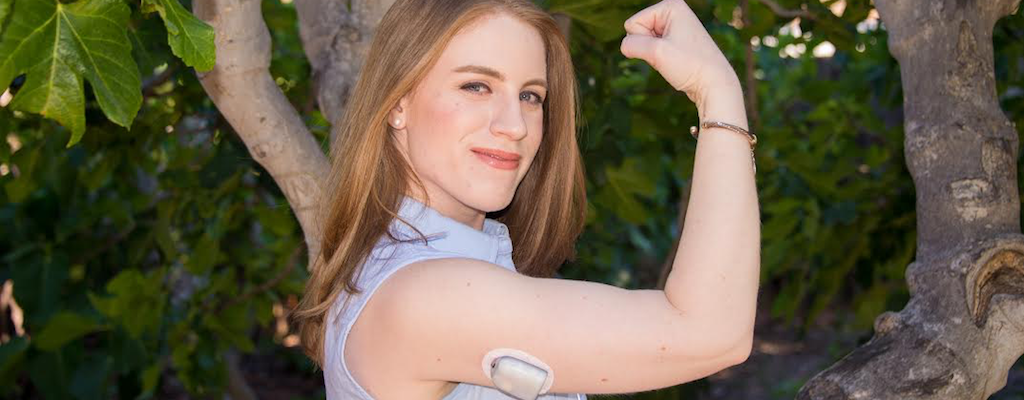The Caregiving Conversation
When your child is diagnosed with type 1 diabetes, it rocks your world. You learn everything there is to know about life with type 1 diabetes (T1D), and you learn how to care for your child in every foreseeable situation. Eventually, a routine is formed, and our experiential knowledge grows enough to build a foundation of confidence. Basically, life gets into a rhythm again, until we add new people and places to that routine. Suddenly there are new considerations to be made. Situations like a date night away from the kids, sending them to grandma and grandpa’s house for the weekend, dropping them off for the day at school or a friend’s house, or enrolling them in an extracurricular activity can suddenly become anxiety-inducing.
So what can we do? There are two pieces to this equation.
- You, as the parent, need to feel confident in allowing your child to experience these important life events, even when you can’t be present.
- The caregiver (teachers, grandparents, school nurses, babysitters, friends, neighbors, etc.) needs to feel confident in their T1D knowledge, skills and abilities in order to consent to caring for your child.
How do we go about finding our way to mutual feelings of confidence? It starts with the caregiving conversation. This is the ongoing dialogue between parent/guardian and the new potential caregiver. It may vary in theme depending on the context (school, camp, overnight situation, etc.), and starting the caregiving conversation can be daunting, but getting it going will help set expectations and begin to put everyone involved at ease.
Approach the caregiving conversation with a loosely prepared outline of what you want to cover. The conversation will vary depending on whom you’re speaking with, what their role is in your child’s life, and whether you have a pre-existing relationship with them. Think about the thin line between an extensive overview of T1D and what the caregiver needs to know about T1D for this particular situation. Then begin with the latter.
Still not sure where to start? Consider providing the caregiver with a facts-based overview of T1D and how it differs from type 2 diabetes (T2D). Many people are more familiar with the ads they see in magazines and on television, which often refer to the needs of the type 2 community. When you’re ready to reach beyond this basic introduction, guide your conversation with open-ended questions. The only way to ascertain what the caregiver already knows or still needs to know about the disease, management and associated day-to-day tasks is to ask. For example, a good first question is simple, like “What do you know about type 1 diabetes?” or “Have you cared for children with type 1 diabetes in the past, and what was your role in their care?”
This gives you an opportunity to address any misconceptions or old information the potential caregiver might have about T1D. It also provides a path to introduce the management style and routine that works best for your child. Be open to questions in response to yours. Keep in mind this may be fresh and potentially overwhelming information. Not everyone has the experience of managing T1D in loved ones on a daily basis.
But there are ways to make the interactions less taxing.
- When appropriate, consider breaking the conversation up into more than one phone call, e-mail, or visit.
- Be conscious of the mindset you are in when having this conversation. Our instinct might be to feel anxious or defensive, but when we are even-keeled and positive about the opportunity to share our world with somebody who will play an important role in the life of someone we love, everybody involved feels that energy.
- Be prepared to supplement the caregiving conversation with tools and resources for easy reference, including Type 1 Diabetes Caregiver Confidence.
When I wrote Type 1 Diabetes Caregiver Confidence, I had families like yours in mind. The book is split into three main sections that frame the caregiving conversation: What is diabetes?, Diabetes Day-to-Day and Caregiver Confidence.
The best caregiving conversation takes place as a back-and-forth dialogue between parent and caregiver, supported by a combination of information that’s specific to your family’s approach to diabetes management, your child’s T1D care routine and the role of your caregiver. When you know your child is in good and educated hands, there’s no limit to the activities and opportunities he or she can experience.
Read The Sitter’s Checklist by Sara Jensen, A T1D parent.





